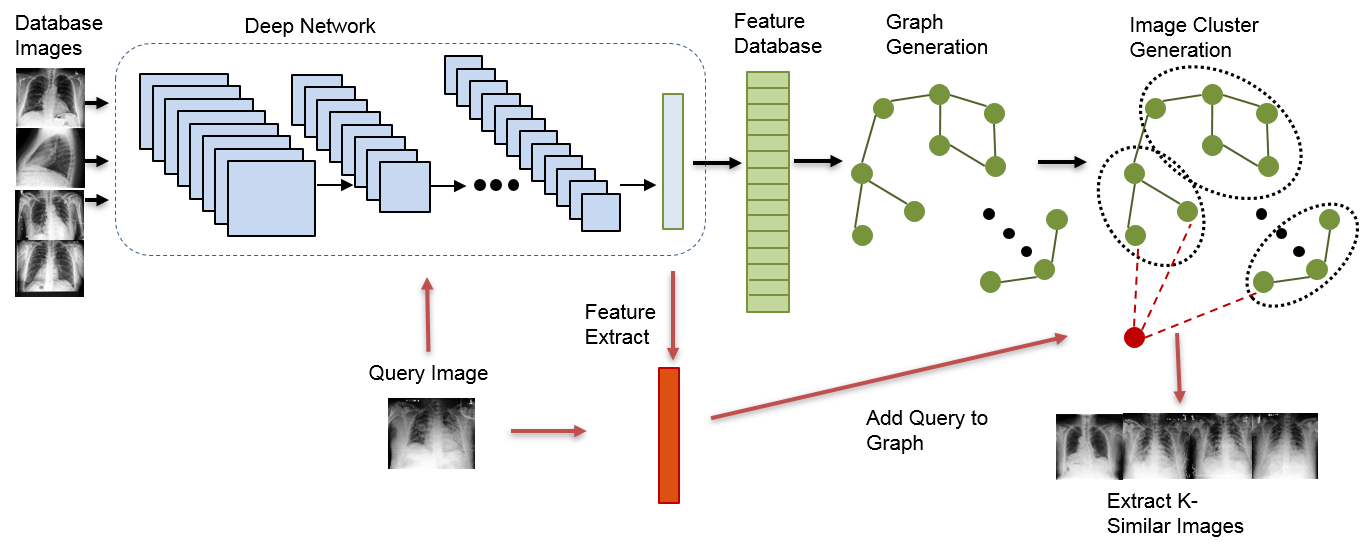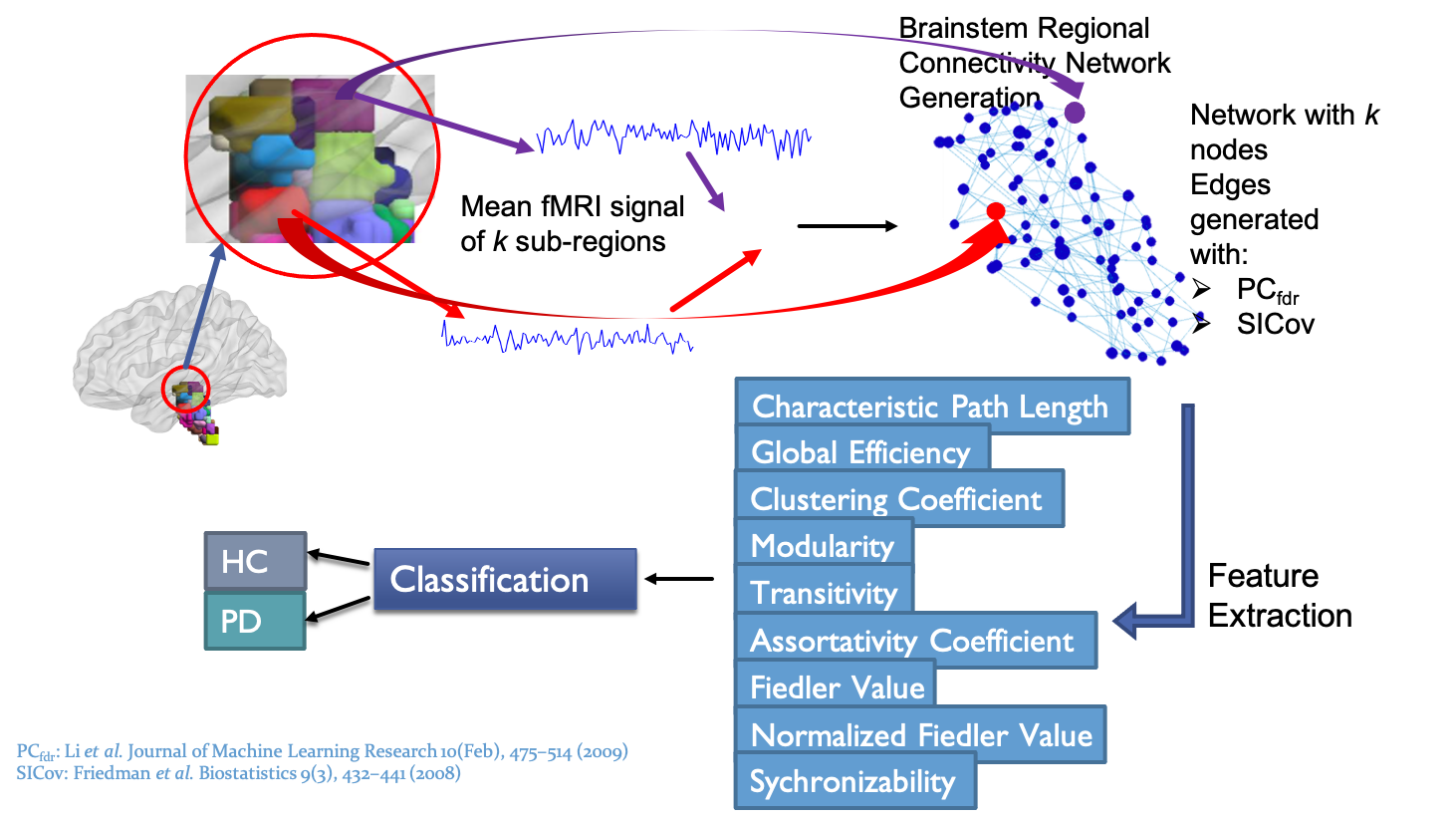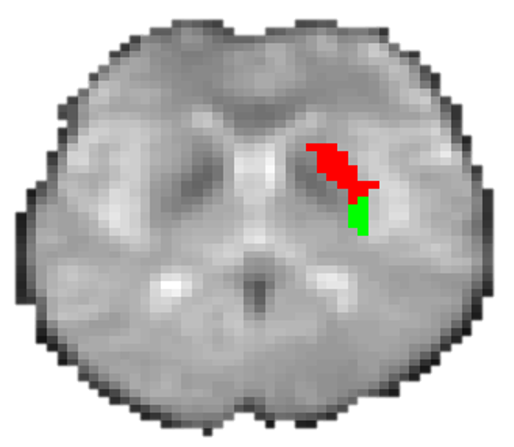Communities or network clusters are defined as groups of nodes or vertices that share higher concentration of edges among themselves than sharing with other nodes in the network. Community structure is an important property of real systems and detecting communities enables us to better understand the underlying structure of the system. The most widely used method for community detection is modularity maximization which works by optimizing a quality function named modularity of the network partition. However, traditional modularity-based approaches generally have a resolution limit that prevents them from detecting communities that are sufficiently smaller compared to the whole network. In this work, we target to overcome the resolution limit of the modularity function by incorporating a weight term in the modularity formulation. We propose a community detection approach based on a community quality metric, named as weighted modularity. We validate the performance of the proposed method in several benchmark networks and show that the proposed method is promising in different settingThe weighted-modularity based approach to community detection needs no prior knowledge on the number and sizes of the underlying communities, and hence it is applicable to real networks where prior informations about the communities are not always available.
Community structure of the political books network. Left: Network of books on US politics labeled as conservative (blue), neutral (orange) and liberal (green). Right: Detected community structure. Existence of small communities are observed inside conservative and liberal groups. The neutral labeled group is now divided into two communities, and one group is formed with few neutral, conservative and liberal nodes. Careful observation of the network reveals that a few neutral-labeled nodes do not share edges with other neutral nodes, and after applying the proposed method these nodes are separated from other neutral labeled nodes and forms their own communities with a few liberal and conservative nodes.





